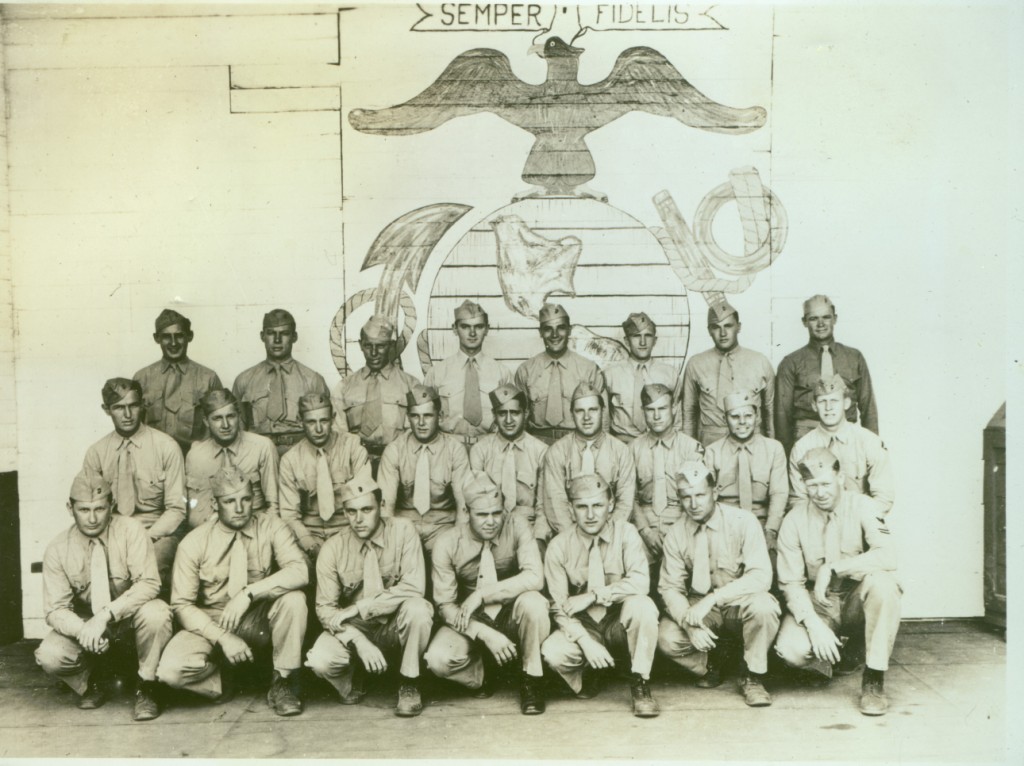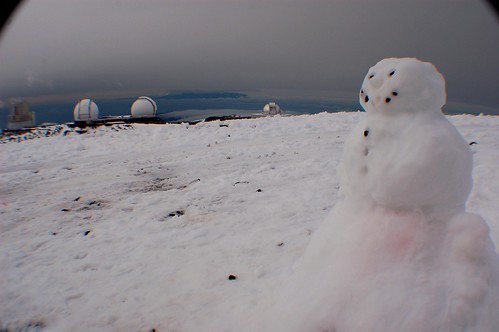
Maui was formed when two underwater volcanoes erupted and kept on spewing out lava until they broke the ocean surface, only to head skyward. These two shield volcanoes threw out so much lava that they eventually combined with one another to form the West Maui Mountains and the Haleakala volcano, which is 10, 023 feet above sea level. However, the myth is that the great demigod Maui was fishing one day and his line got stuck. He pulled and pulled to free his lure, but pulled up what are now the Hawaiian Islands. Along with having a very interesting history, Maui has some interesting secrets. The climate is fascinating, and the vast arrays of landscapes are breathtaking. Also, many different cultures and people have all influenced the culture of Maui in some way. In all, Maui has a vast variety about itself.









%5B1%5D.jpg)
